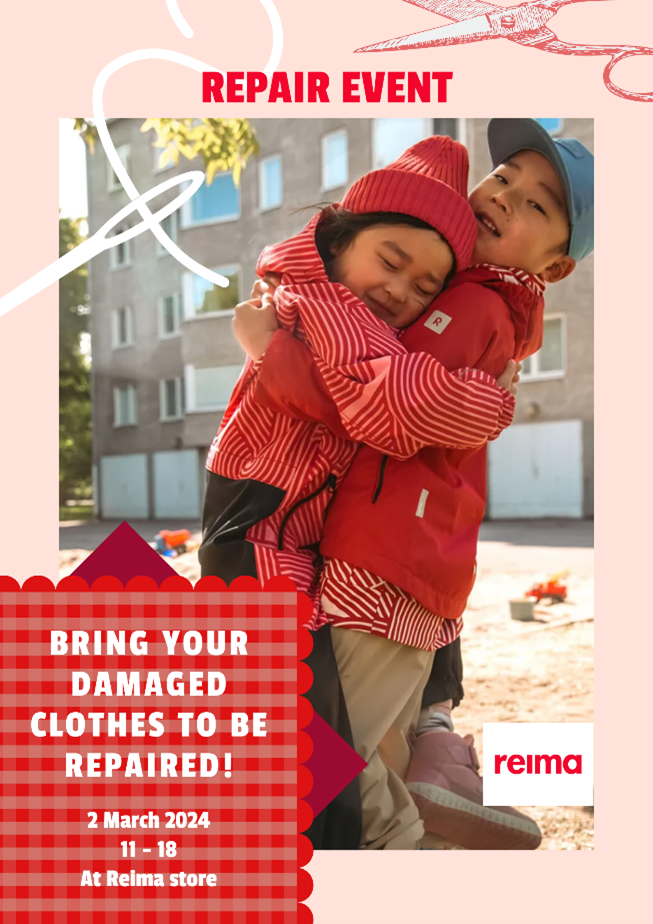Long lasting fashion creates clean garments

![]()
Embracing the circular fashion model is crucial. This involves designing garments with their entire lifecycle in mind, ensuring they can be recycled or upcycled at the end of their use. The concept of “slow fashion” or “long-lasting fashion” encourages consumers to buy fewer, but higher quality items that last longer. This contrasts sharply with the “fast fashion” trend, where clothes are produced cheaply, in massive quantities, and often discarded after a few wears. By choosing quality over quantity, we reduce waste and the overall environmental impact of our wardrobes.
Is there a need for more sustainable clothing?
There surely is! For earth to be cleaner we need to get out of fast fashion. Clothing cannot be thrown away right after usage. Clothing should be made to last long so that we could use them long and lower the impact of waste. Clothing that is made to last will save money of the customer and that is sustainable way. For us to achieve this goal we need your co-operation. We us customers must buy clothing that are produced well.
How could our production be more sustainable?
For a long time, companies have maximized profits with no regard to the environmental impacts their processes could inflict and transferred all production to places where it’s cheapest. This must change. Firstly, we need to hold all companies in the industry accountable. Secondly, the industry needs to weigh the impacts of the production process on the environment and on the socioeconomic sphere and then make changes to the whole system.
The processes need to be optimized to have minimal environmental impact. This means costly investments in the infrastructure and would be reflected in the final product’s price but it’s a price worth paying. In addition, there needs to be vastly more effort made into the quality of produced products for them to last longer and already in this step the material choice is important. Materials used need to be considered from the product’s lifecycle ending perspective. (Russell, 2020). The best material would be the one that needs minimal processing to be reused. Some companies have contributed to the growth of undeveloped regions. Obviously by creating jobs but in addition by sometimes having good working conditions and investing in the education of the laborers. The industry must focus on improving the region where they want to outsource their production!
How can you find out how clothing are made?
Nowadays there are labels that tell you the country in which the garment is produced (made in China) but it doesn’t include more information like origins of the materials because the companies are not demanded to tell more and they don’t want to because usually the production is done by not respecting the nature. However, it would be good that customers could know more about the product before buying it. As new legislation European Union is demanding clothing companies to mark down how clothing are made by 2030. This mark could be found from wash tag, and it could be a QR-code, NFC tag or microchip. By scanning this tag customers could see directly all the information about the clothing (production country, material, washing instruction, CO2 amount, price, company and much more). In the poster you can see few points why this legislation is needed. Some companies have already been using this system, but it will take time for every company to start to do it because supply chains are complex. This will also help customers recognize real products from replicas (Indvik, 2016).

Is there a way clothing could be used more sustainably?
- Buy from second-hand shop
The garment has already made its impact on the environment and buying it would extend its life instead of contributing to the commercial cycle of buying everything new. - Buy clothes that you can see yourself using even in five years
Sustainability is also a question of time. Most sustainable things are the ones that last. You as a consumer can influence this the most. - Wash the clothing with eco-mode
It saves water, energy, and doesn’t wear out colors from the garment. - Repair broken parts
Saves money and can make the garment look trendy like jeans that have cool patches on them. See poster 2. - Sell to a secondhand shop
Or does your friend need a new clothing? It is highly sustainable to extend the life of products. - Don’t wash too often
You do not need to wash everyday your clothing. - Don’t mess it up
Use right working wears for dirty jobs. - Totally broken clothing can be used as rags
You can clean places with rags.

Leo Haarnio & Vitaliy Niemi
Sources:
These materials were created in the Baltic2Hand project which is an Interreg Central Baltic Programme 2021–2027 project that is co-funded by the European Union. Read more about the Baltic2Hand project.
